Seedlings will grow slow if they lack light, water, the soil is too sandy or if the weather is too cold. Slow growing seedlings can also be caused by poor quality seeds, transplant shock and a lack of nitrogen. Growth rates can be sped up for plants by giving liquid nitrogen fertiliser and using a mini greenhouse.
This article explores the top reasons seedlings grow slow and the easy solutions.
Top reasons seedlings grow slow and easy solutions
Not enough light
Most seeds need bright light to grow fast. If seedlings are grown in too much shade, they will grow long stems and they can flop over. If you see your seeds growing long stems before growing leaves move them into a brighter position.
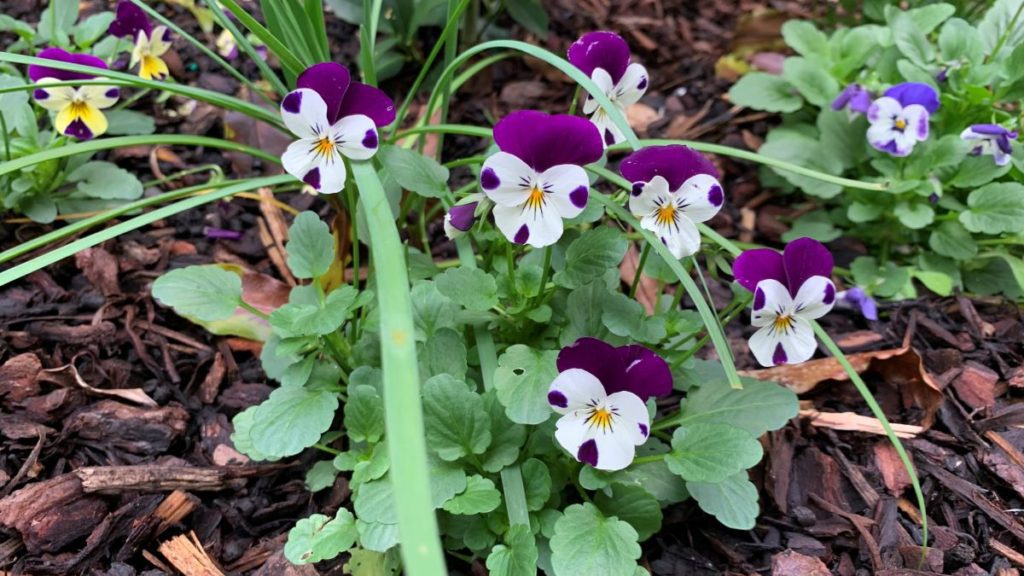
If the weather is warm keep them out of direct sun otherwise the soil will dry out too quickly. Balance bright light with keeping the seedlings moist and they will grow faster and stronger.
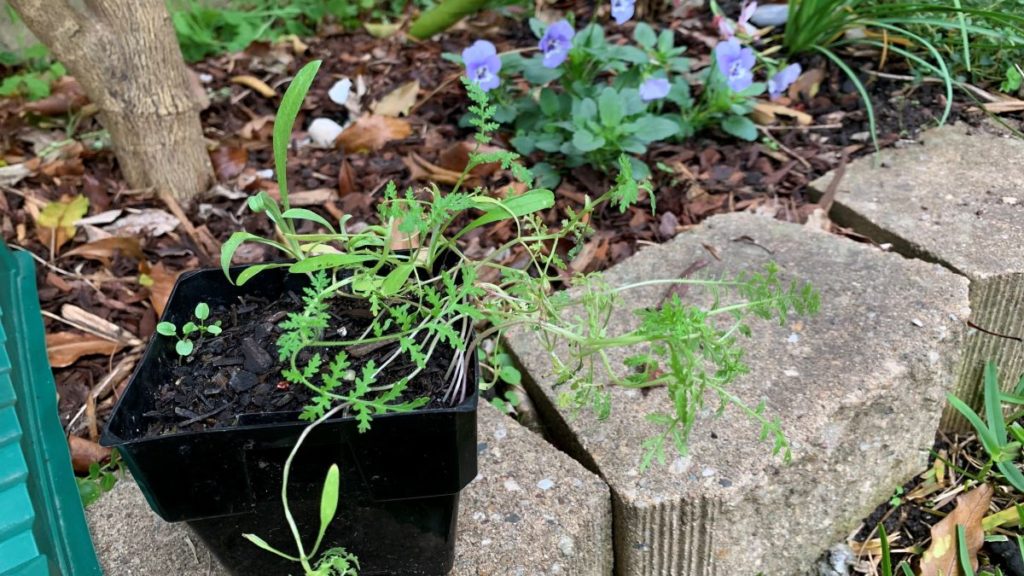
Not enough water
If your seedling dry out this can cause them to grow very slowly. Young seedlings need regular water until they reach at least 3-4 inches high and can be planted in deeper soil.
Solution: Keep seedlings well-watered and they will grow faster and taller. Seed raising mix drains well so spray them lightly with your spray attachment on your hose.
Soil is too heavy or too light
A heavy soil like a rich clay can become compact and slow seedling growth. This will stop your plant roots from getting the oxygen they need. It can also hold a lot of water and can lead to root rot.
Very sandy soils can also slow seedling growth as they lose water quickly. They will hold less nutrients particularly nitrogen that your plants need for good leaf and stem growth.
If you are planting in a pot or container use a good quality potting mix with added slow release fertilizer so that the seedlings will get a steady supply of all of the nutrients they need.
Solution: Seedlings that get a steady supply of nutrients will grow quicker. Good quality potting soil will also hold moisture for longer avoiding dry spells which can slow plant growth. In poor soil add more organic matter like compost, aged cow manure, worm castings and pelleted chicken manure.

Wrong time of year
Seedlings will grow fastest during warm weather in spring and early summer. Planting seedlings during this time will give you the fastest growth rates. Get the same results by using a small greenhouse to keep seedlings warm and humid.
Solution: Use the top of a clear soda bottle with the bottom cut off to put over the seed to keep moisture in. Remove the lid so that excess humidity can release out the top and your seedling will grow faster in cold weather.
Poor quality seeds
Seedlings grow with old or damaged seeds might sprout but might grow very slowly. Old seeds will have less nutrients for the seed to sprout and grow. Seeds that you have had at home that are out of date can still be worth trying but you might find that they will grow slowly or not at all.
Solution: Check the use by date on seeds you have at home and make sure they are still in date. Once you open your seed packets store them in a clean, dry glass jar.
Seedlings that should be directly sown
Some vegetables including root vegetables and large seeds like corn grow better when directly sown into your garden and not transplanted. Carrots, beetroot, peas, beans and corn will grow slower if they are transplanted as a seedling rather than sown straight into your garden.
Garden centers will still sell these seedlings but they grow better if they are directly sown into the place that they will be left to grow. Root vegetables like carrot can have their roots disturbed when they are moved and usually end up growing in strange directions. These plants will grow much faster if they are directly sown into your garden bed.
Solution: Plant carrots, beetroot, peas, beans, corn, watermelon and pumpkin directly in the ground by seed.
Not enough Nitrogen
Seedlings need nitrogen to grow green leaves and stems and they will grow slowly if they don’t have enough. You can tell that your soil is low in nitrogen if your seedling growth slows down and the leaves turn yellow.
Once seedlings have grow their second set of leaves they will need to get nitrogen from the soil to grow. Seed raising mix will generally be low in nitrogen so once you see your seedling grow to 2-3 inches, you may need to transplant them into potting soil or your garden or add liquid nitrogen fertilizer.
Seeds will have the nutrients they need inside the seed to start them growing but eventually they will need more.
Solution: Give seedlings a feed of liquid fertilizer like fish emulsion or an organic liquid fertilizer for a quick nitrogen boost. This will help your seedlings grow faster.
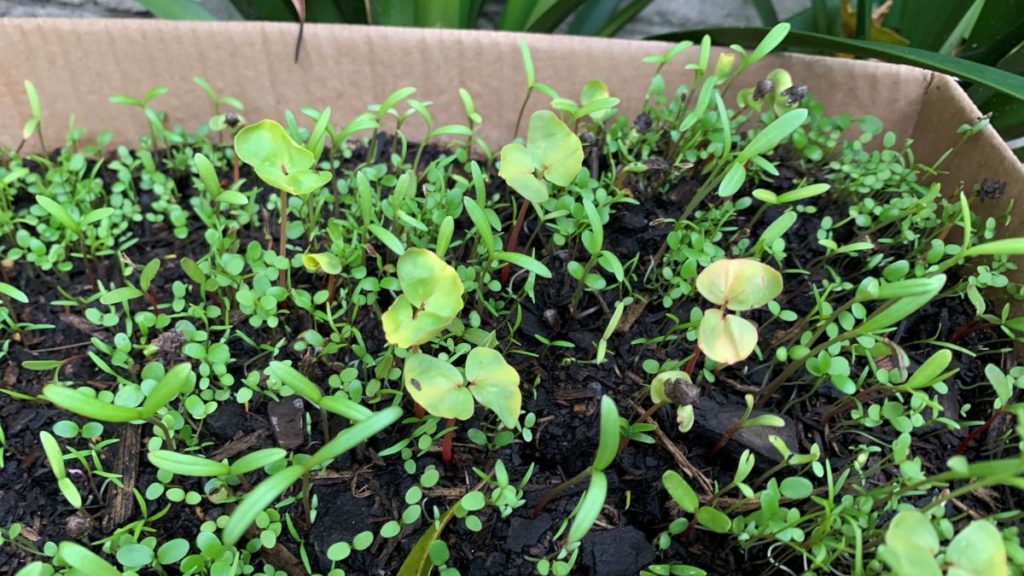
Transplant shock
Plants can slow down their growth when you move them from their seedling tray to your garden. As their roots are disturbed they can slow down their growth for a short time as their roots settle into the soil. Once they settle in they will grow faster and can quickly double in size.
Differences in soil moisture, sand and clay content, pH and temperature can all temporarily slow seedling growth. The plant will need some time to get used to these different soil conditions, it will slow down leaf growth and concentrate on root growth.
Solution: Keep your seedling watered well and after 1-2 weeks they will have settled in and will go back to their normal growing pace.

Overwatering
Too much water for your seedlings can wash away the nutrients in the soil like nitrogen and can rot their roots. If seedlings start to flop over heavily and your soil is very wet it could be that you are overwatering.
This is more likely to happen to seedlings that you have planted out in garden beds as the soil will not drain as freely as pots.
Solution: Test the soil with your finger before watering. If the soil is still damp 1 inch below the surface then wait until you water again. Most seedlings will need watering every 2-3 days if they are surrounded by good quality mulch.
How to get seedlings to grow faster
- Liquid nitrogen fertilizer
- Move into the sun
- The right amount of water
- Lots of organic matter
- Mulch
Liquid nitrogen fertilizer
Use a natural liquid fertilizer that contains nitrogen like fish emulsion or an organic liquid fertilizer that is labelled for leaf growth. This will give your seedlings a nitrogen burst and help them to grow faster.
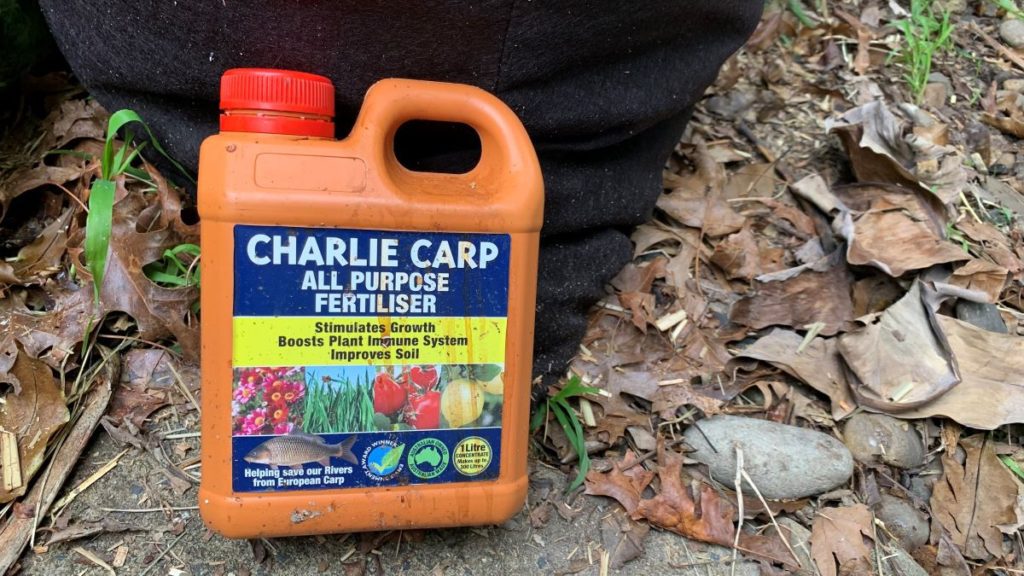
Move into the sun
Seedlings in pots can be moved into a sunnier area or a greenhouse. Cold weather will slow down seedling growth so in the cooler months move them into a sunnier spot or place half an empty soda bottle over the top to trap warm air.
The right amount of water
Seedlings in pots need to be regularly watered so they don’t dry out. When you plant them out in your garden bed be careful you do not over water. Garden soil will hold water better than small pots so you won’t need to water as often. Test the soil first with your finger and only water if it feels dry 1 inch below the surface.
Organic matter
Adding organic matter to your soil is the ideal way to set your plants up to grow quickly. If your seedlings are already in the ground, add compost or aged cow manure to the top of the soil around the root zone and the nutrients will be washed down to the plant when you water to help them grow faster.
Mulch
Surround vegetable seedlings with mulch like straw, sugar cane mulch or Lucerne. This will stop weeds, keep water in the soil, support soil microbes and help the seedling to grow faster. Soil microbes and worms will break down organic matter making nutrients available for your seedling.
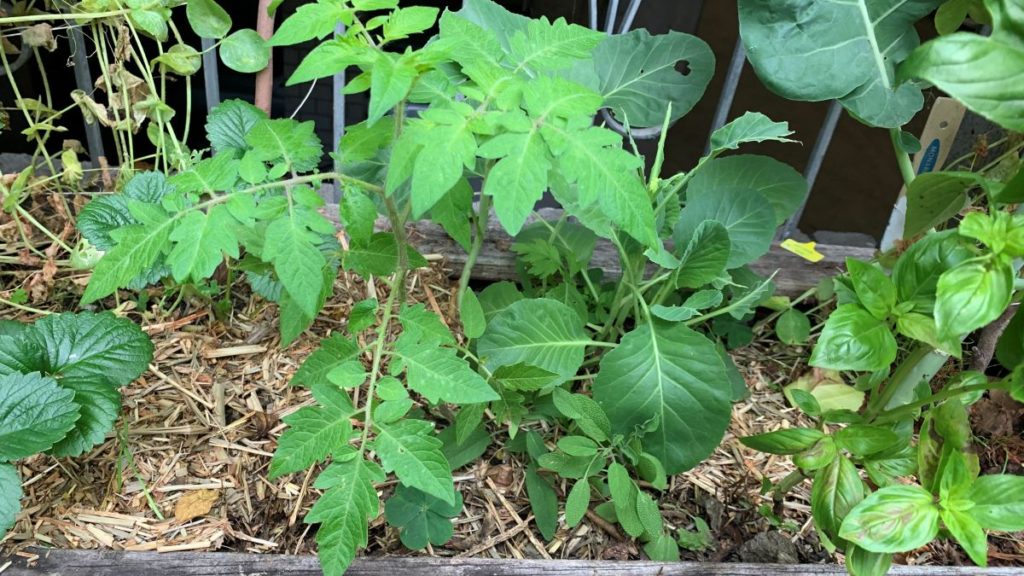
Solution to seedlings growing slow- Summary
There are lots of ways you can help your seedlings to grow faster. I have noticed that when I first plant seedlings out into my garden bed they look like they have stopped growing for 1-2 weeks and then after that they will quickly spring to life.
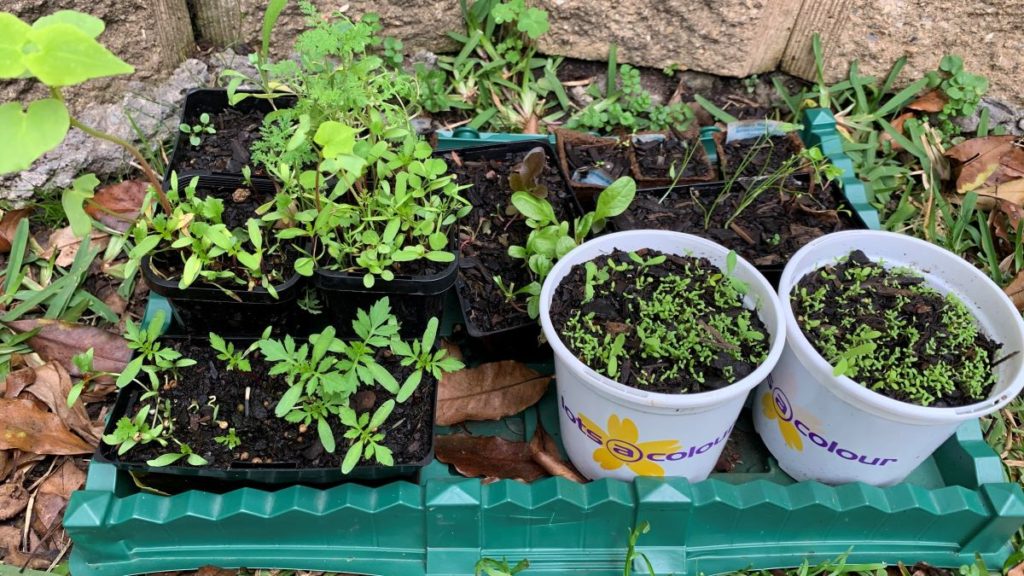
When you move seedlings their roots need time to recover, re-grow and settle in. If you follow this easy guide then they will be on their way to growing fast.
I am an accredited practicing dietitian, experienced gardener and a dedicated cook. I love writing and sharing my experience so you can learn from my successes and mistakes.

Comments are closed.